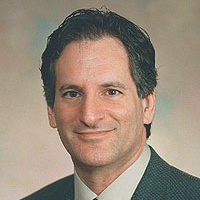Have We Misunderstood Copyright’s Consequences?
Abstract
This paper uses an unusually rich 21st century data set to compare two sets of vintage bestsellers from the early 20th century that, by a circuitous path of copyright law alterations, came to have different copyright treatments. The most striking result is that, on average, copyrighted vintage bestsellers sell almost four times as many copies as public domain vintage bestsellers and this result holds throughout the sales distribution. This result conflicts with the expectation that copyright would restrict sales by allowing the exercise of monopoly power, and instead points to factors such as post-creation investment by publishers as being much more important than previously recognized. These greater sales occur despite a price premium that we find for copyrighted works, which is on average of a size similar to royalty payments typically paid to authors, although it appears to be considerably higher for better selling editions. We also find, contrary to previous claims, that vintage copyrighted titles are slightly more likely to be sold in the market than are works in the public domain. These results imply that copyright is more likely to be socially beneficial than previously thought and substituting our superior sales data into a previously published model confirms this implication. Further, these results imply that retroactive copyright extensions are socially advantageous and that indefinitely renewable copyright is more likely to be an optimal policy.





